CSM graduate proves the future of colour, for make-up and more, is rooted in fungi
Designer, biomolecular scientist, and Central Saint Martins graduate Jesse Adler is using fungi to create make-up pigments that offer a renewable alternative to fossil fuel-derived dyes
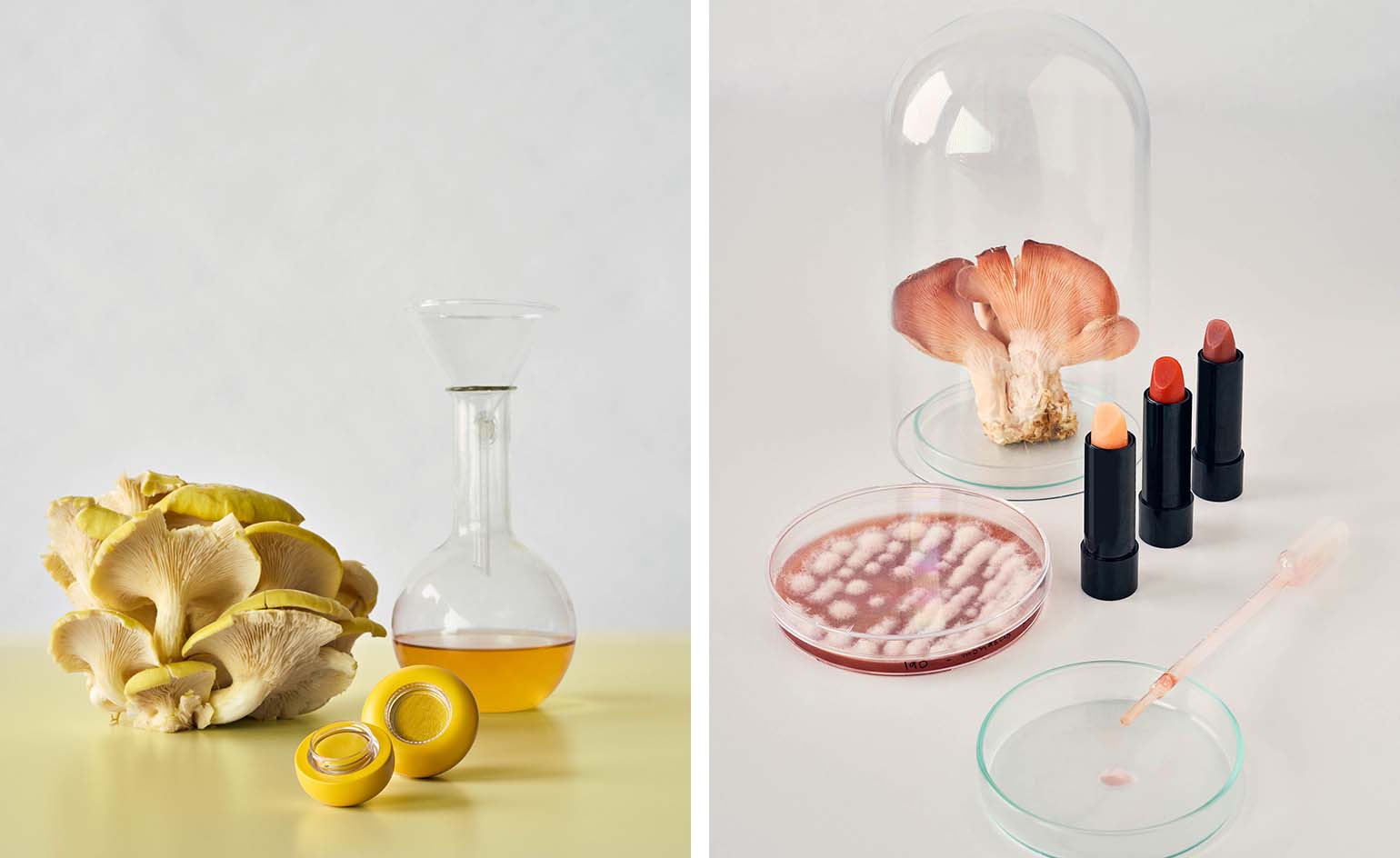
This story starts in 1856, when the chemist Sir William Henry Perkin discovered the first synthetic dye. It began as an accident – Perkin was working on a treatment for malaria when he realised the coal tar-derived oil he was experimenting with was capable of dying silk purple – yet, that serendipitous invention soon turned into an expansive and enduring industry that has radically shifted our relationship with colour.
Now, nearly every colour we see, from the dye used in clothes, to the paint on cars, and the pigments in make-up, is created thanks to fossil fuel derivatives, which have been harnessed to create cheaper, broader ranging, and higher performing colours for almost every man-made product.
Make-up pigments from fungi
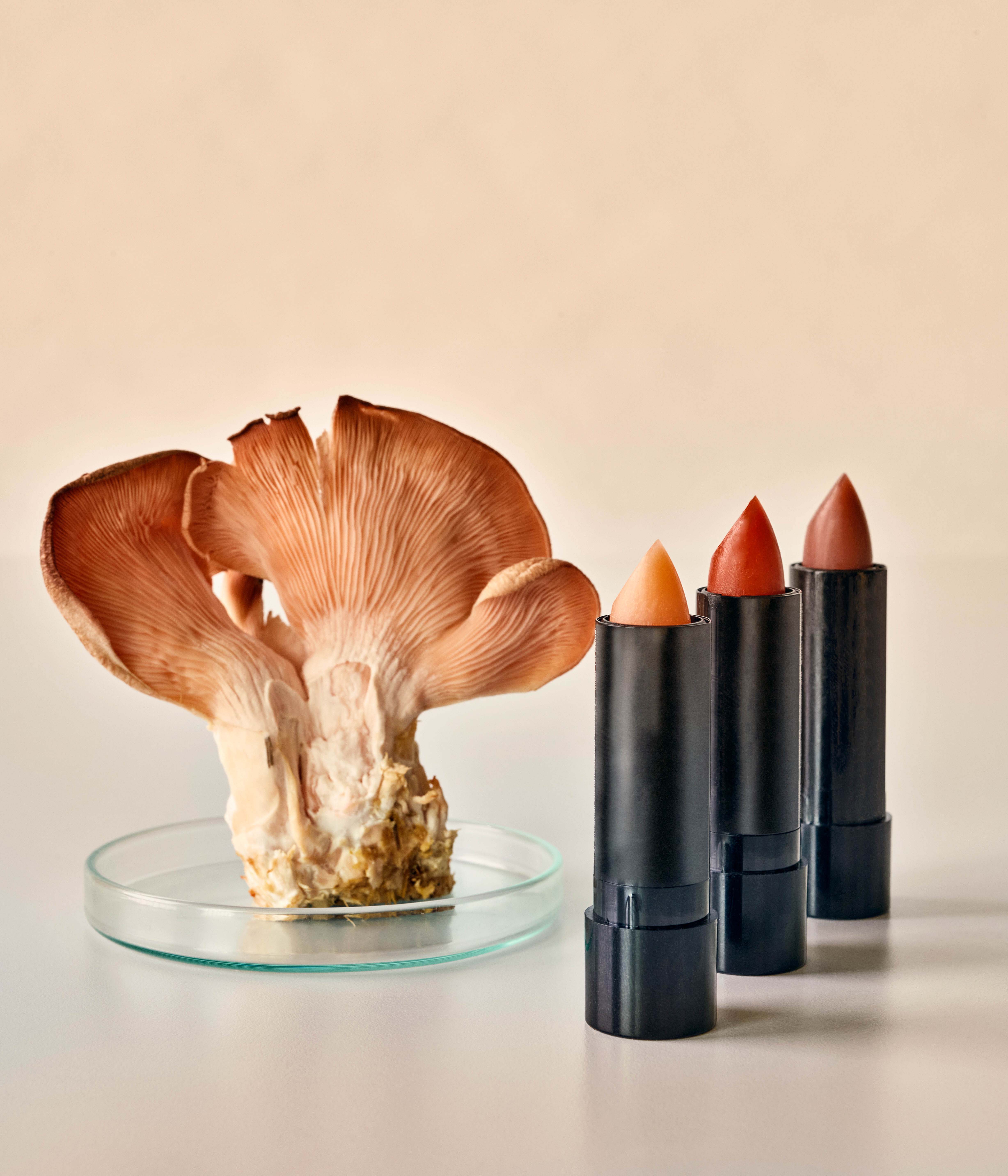
Lipsticks made with fungi-derived pigments
Fast-forward to 2022 and a recent graduate of London’s Central Saint Martins’ MA in Material Futures, Jesse Adler, is looking for a new method to create colours, one that will be less detrimental to the environment we have catastrophically damaged since Perkin's well-intentioned discovery. When seeking an alternative, Adler felt that going back to the way colours were produced pre-1856 – via plants, animals or minerals – wouldn't work.
Simply put, plants offer a limited colour range with limited performance and, since they have to be harvested during a particular season under favourable conditions, are subject to limited availability. Animals that could be used to produce colours pose obvious environmental and ethical issues, and minerals are non-renewable (cannot be regenerated at the same rate we consume them). So, like many of the sustainable innovators of today, Adler turned to fungi.
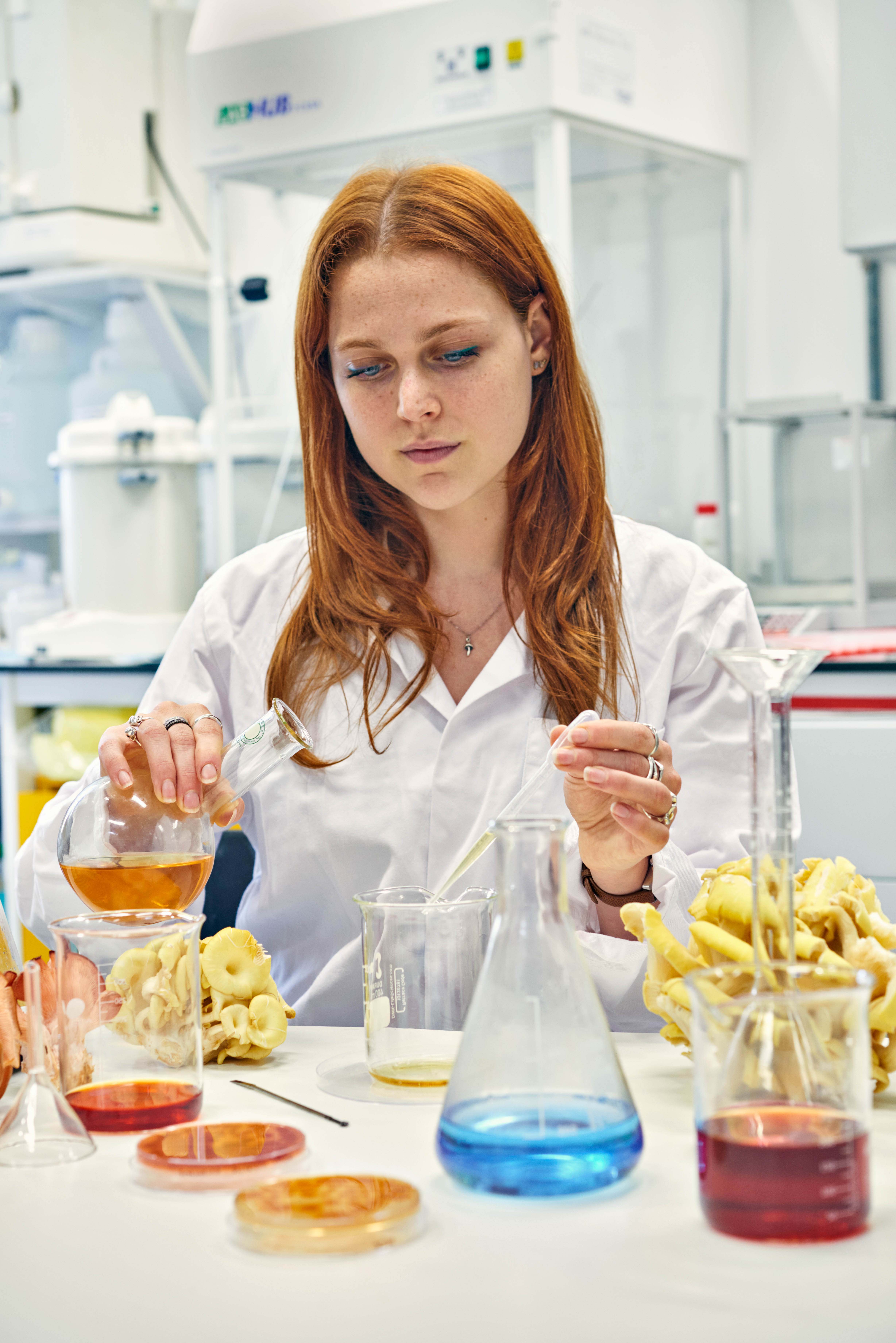
Jesse Adler in the lab
'Fungi are an underexplored source of sustainable colourants,’ says Adler, ‘that are non-toxic, biodegradable, light-fast, and some even have cosmeceutical benefits, such as anti-oxidant [properties] and UV protection. Mycology [the study of fungi] is a relatively new field and it is estimated that we’ve only discovered about 1 per cent of the fungi on Earth, yet within that 1 per cent there’s a wealth of research into the potential applications and industrial importance of pigments extracted from fungi.'
Jesse Adler: mushroom magic from a mycological alchemist
Adler calls herself a 'mycological alchemist' and for her graduation project at Central Saint Martins, she has used her background in chemistry and biomolecular science to develop a method of extracting pigments from fungi (including mushrooms, lichen, yeast and mould) that can be used as a renewable replacement for industrially produced dyes.
Theoretically, these colourants can be applied to almost any substance, but to illustrate their effectiveness and scope, Adler's project focused on using them creating make-up pigments. She collaborated with a cosmetic formulation chemist to bring the colours to life through beauty products. The resulting lipsticks, eyeshadows, and tinted skin creams are the initial prototype versions of what will, hopefully, one day become purchasable products.
Receive our daily digest of inspiration, escapism and design stories from around the world direct to your inbox.
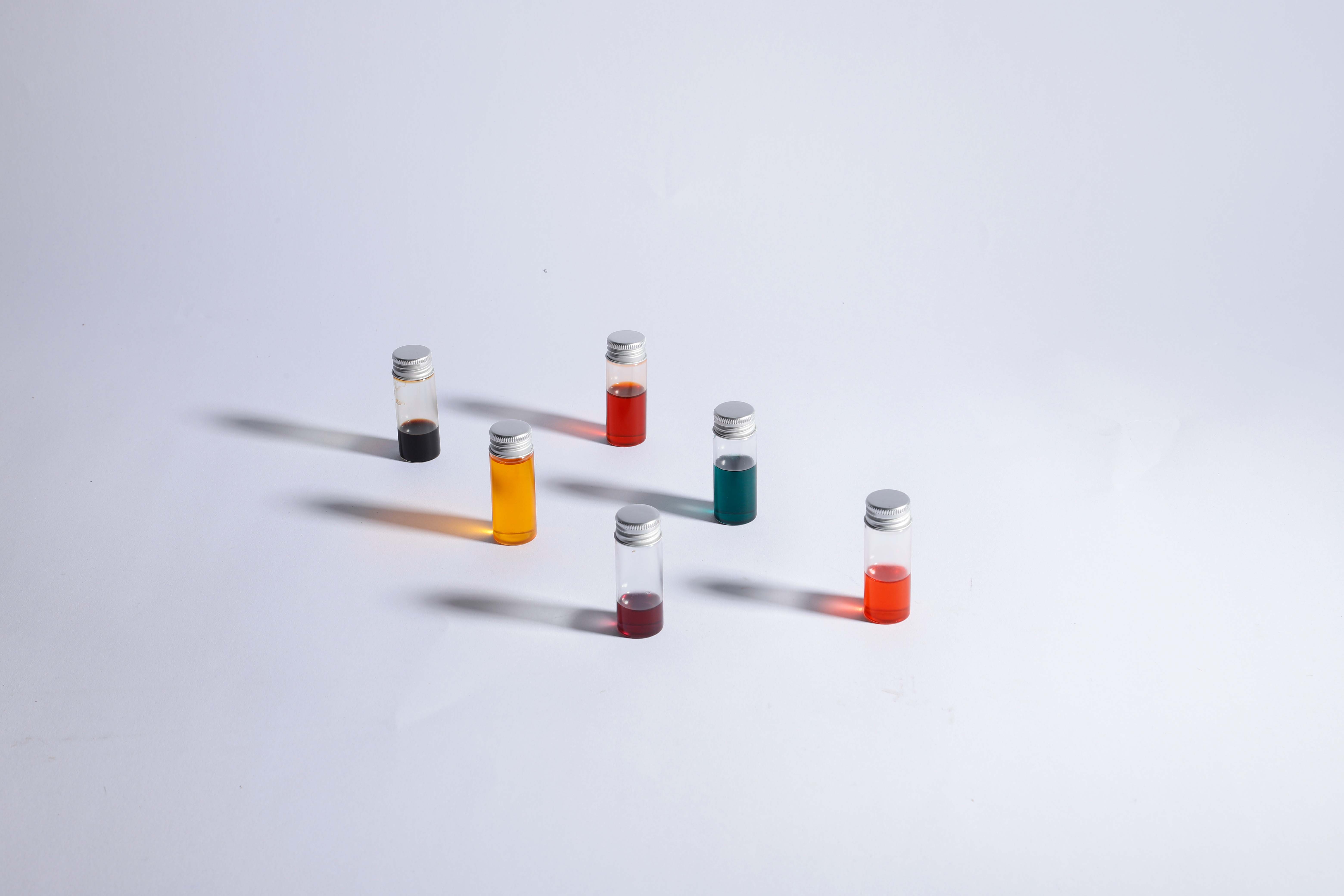
The colours Adler was able to create from fungi
When discussing the products, Adler notes that it's important to acknowledge that she is not the first to use fungi-derived pigments, but her methods for doing so are different. 'There is a rich history of dyeing with fungi that goes as far back as the Romans,' she says, 'but we haven't heard much about it before now because it wasn't clear how to produce those dyes on a scale that wouldn't lead to the extinction of certain fungi species. Something that I'm trying to design from the outset with my process is a way to extract the organism from nature only once, and then cultivate and reproduce in the lab forever so that the ecosystem in nature can function as normal with no interference from me.'
Ongoing research
To further her research, she travelled to Oaxaca, Mexico, after graduation to study pigmenting fungi. Next up, Adler will be starting a five-month fellowship with Maastricht’s Jan van Eyck Academie in collaboration with Central Saint Martins to develop an oil paint from one of the deep brown pigments she previously used to make sunscreen and continuing to work at Central Saint Martins on a species of mould that produces food-safe and medicinal pigments.
'The beauty industry is focusing a lot on “clean” beauty but within that topic no one is asking where our colour comes from. You can buy a product because it is vegan and doesn't use animal-derived ingredients but that, to me, is meaningless in terms of sustainability efforts. We buy beauty products because of their colour, it’s the backbone of the industry, so we need to become more aware about where it comes from.'
INFORMATION
Mary Cleary is a writer based in London and New York. Previously beauty & grooming editor at Wallpaper*, she is now a contributing editor, alongside writing for various publications on all aspects of culture.
-
 Togo's Palais de Lomé stages a sweeping new survey of West African design
Togo's Palais de Lomé stages a sweeping new survey of West African design'Design in West Africa' in Lomé, Togo (on view until 15 March 2026), brings together contemporary designers and artisans whose work bridges tradition and experimentation
-
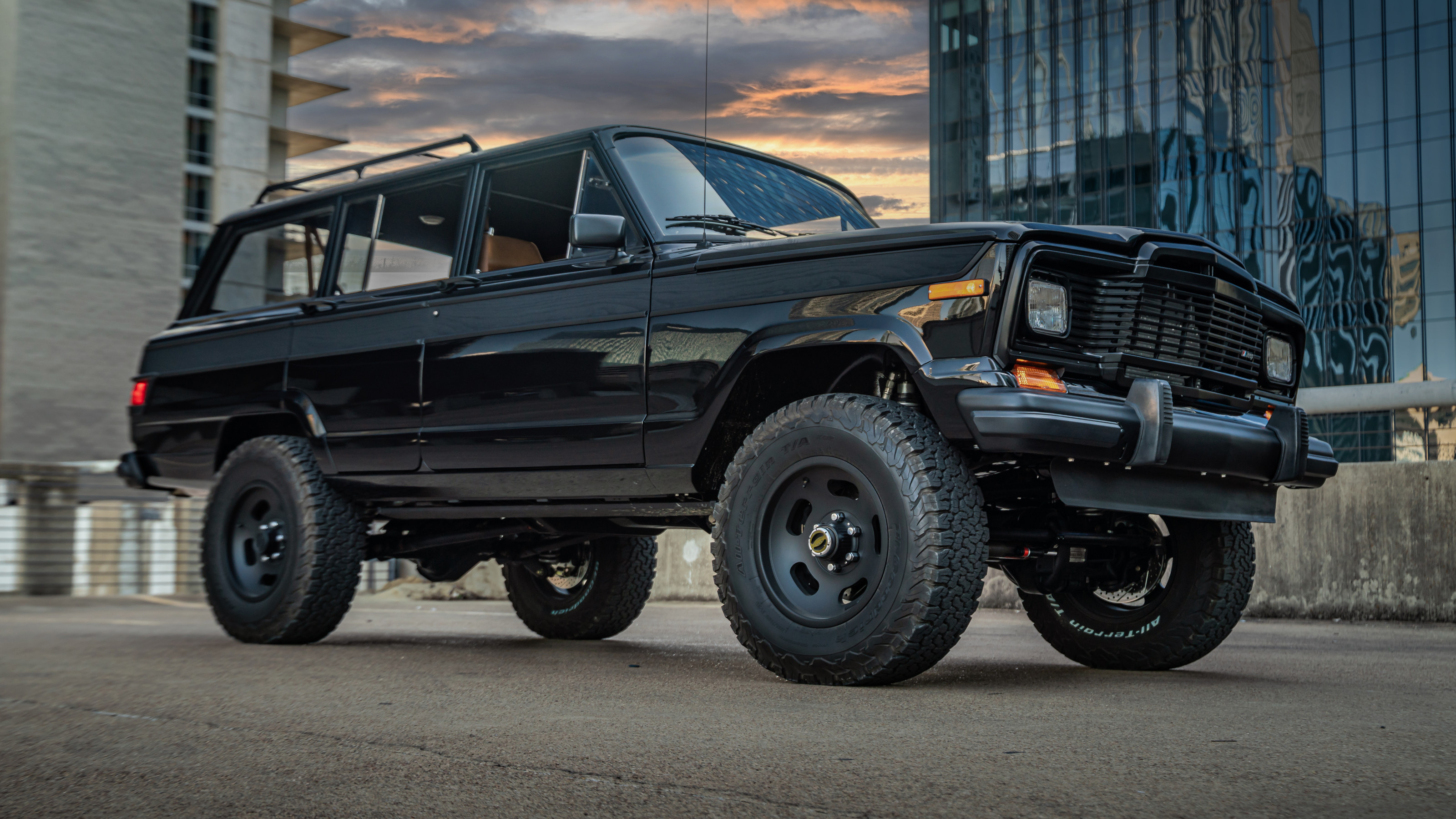 Vigilante’s 1979 Jeep Wagoneer features luxury trim, modern muscle and elevated styling
Vigilante’s 1979 Jeep Wagoneer features luxury trim, modern muscle and elevated stylingTexan restomod master Vigilante has created a new take on the classic Jeep Wagoneer, transforming the 1970s family SUV into a sleek, architectural powerhouse
-
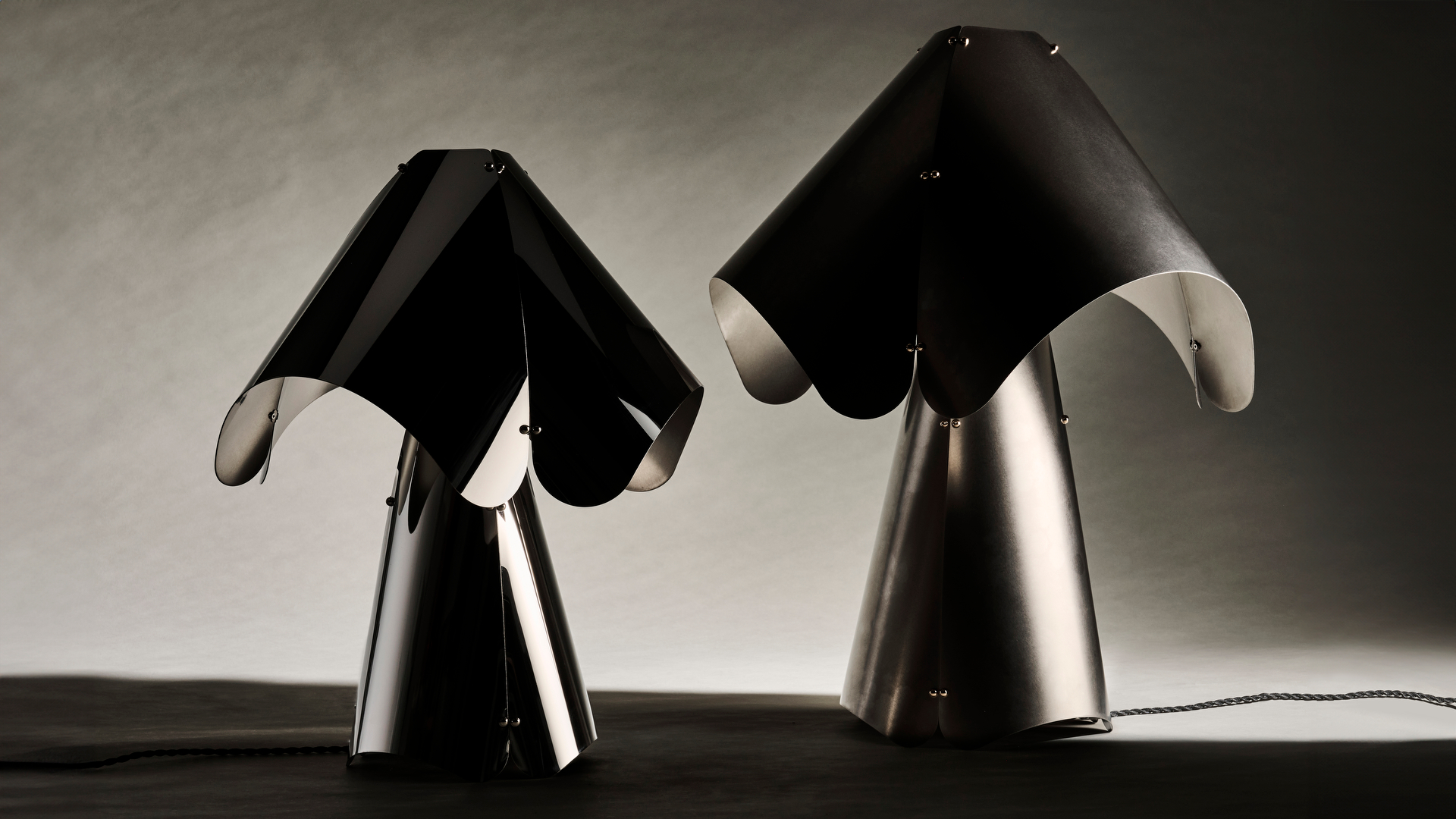 Australian studio Cordon Salon takes an anthropological approach to design
Australian studio Cordon Salon takes an anthropological approach to designWallpaper* Future Icons: hailing from Australia, Cordon Salon is a studio that doesn't fit in a tight definition, working across genres, techniques and materials while exploring the possible futures of craft
-
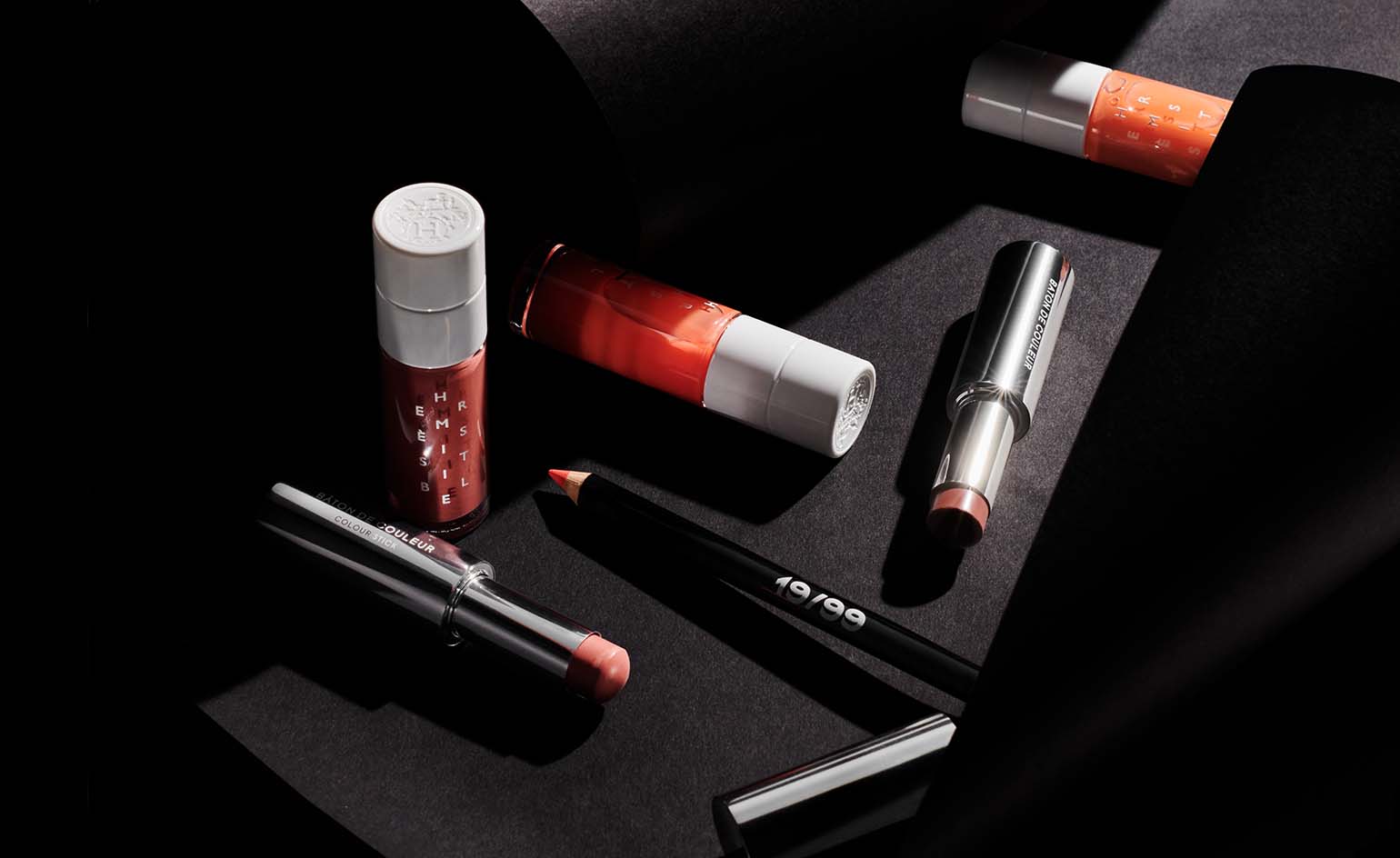 Pretty in pink: pink make-up for alternative summer looks
Pretty in pink: pink make-up for alternative summer looksTry a new spin on the most traditional beauty companion of summer, pink make-up
-
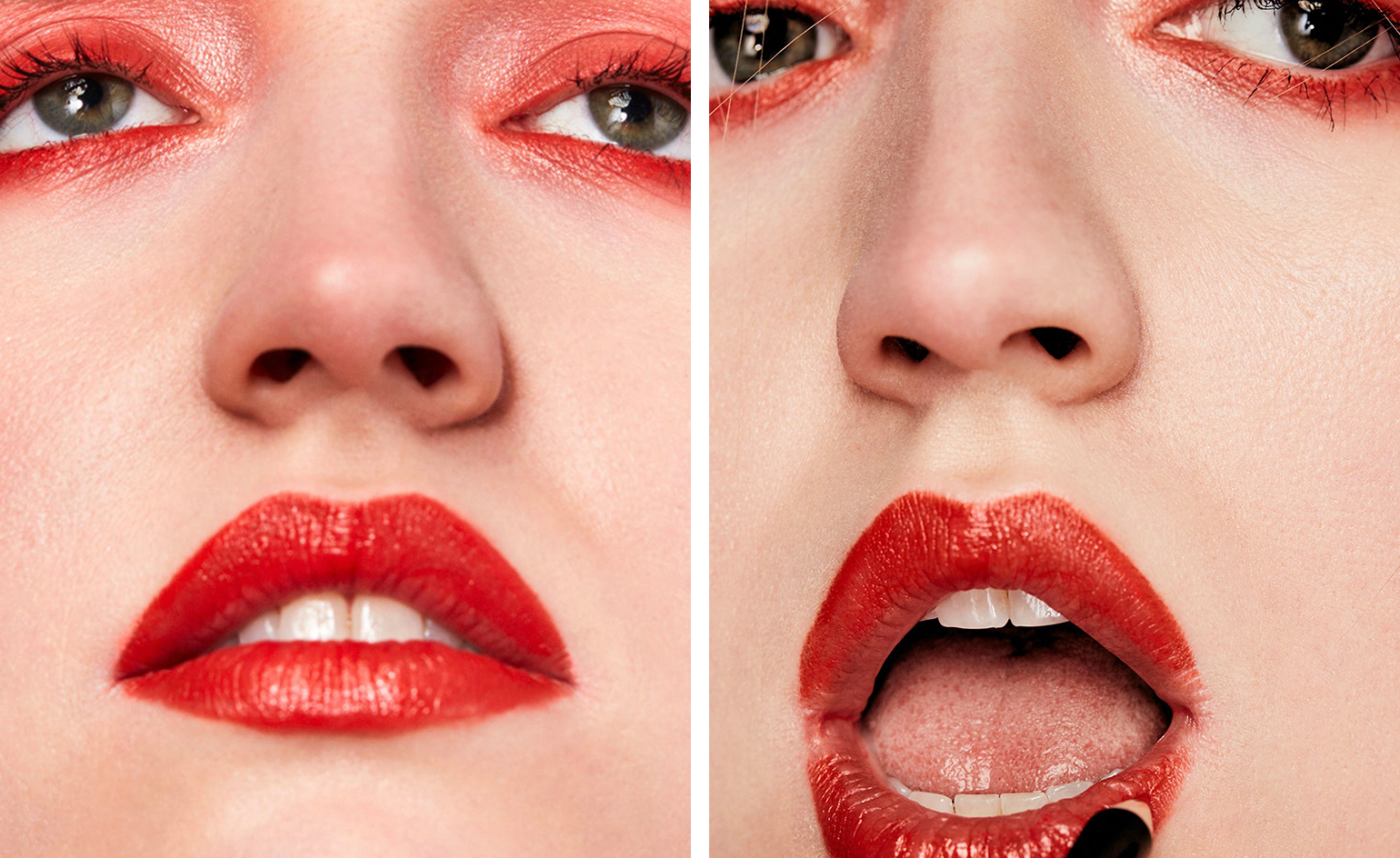 Vegan make-up brands for plant-based beauty
Vegan make-up brands for plant-based beautyBuild a vegan make-up bag with these products for all your beauty needs
-
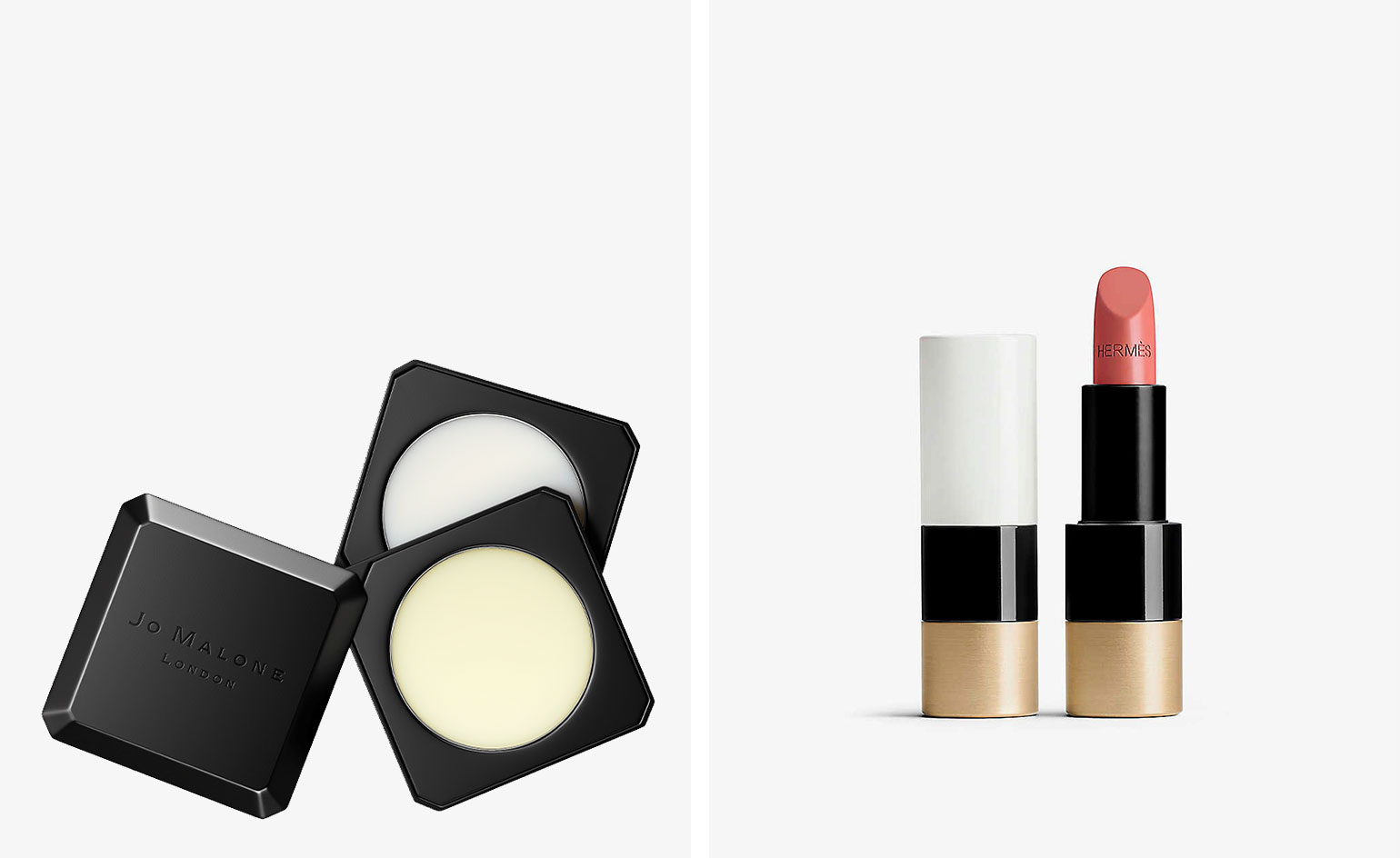 Timeless designs from sustainable make-up brands
Timeless designs from sustainable make-up brandsThese brands prove that sustainable packaging doesn't mean sacrificing aesthetics
-
 Pierre Hardy brings perfect harmony to Hermès’ beauty debut
Pierre Hardy brings perfect harmony to Hermès’ beauty debutWith Rouge Hermès, the fashion house makes its first foray into beauty, to be followed by a full make-up range by 2023, and a skincare line after that